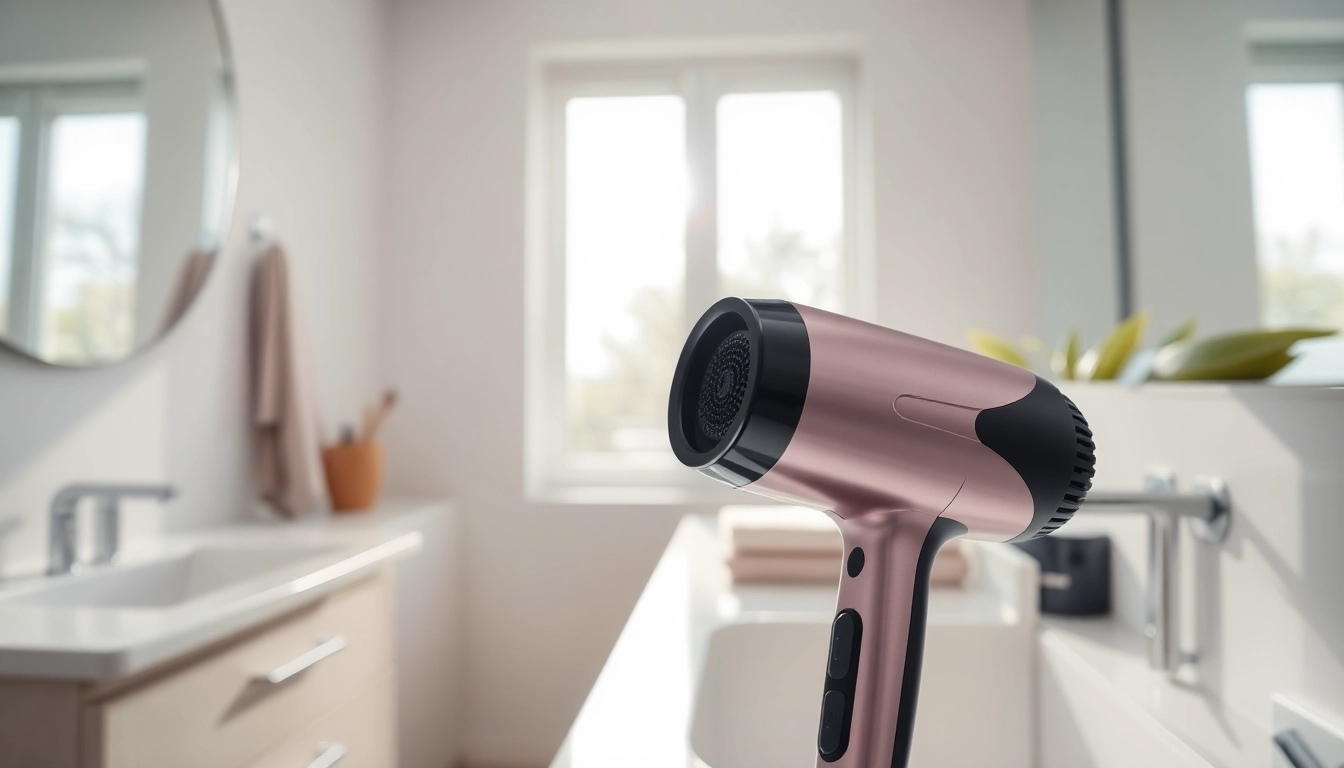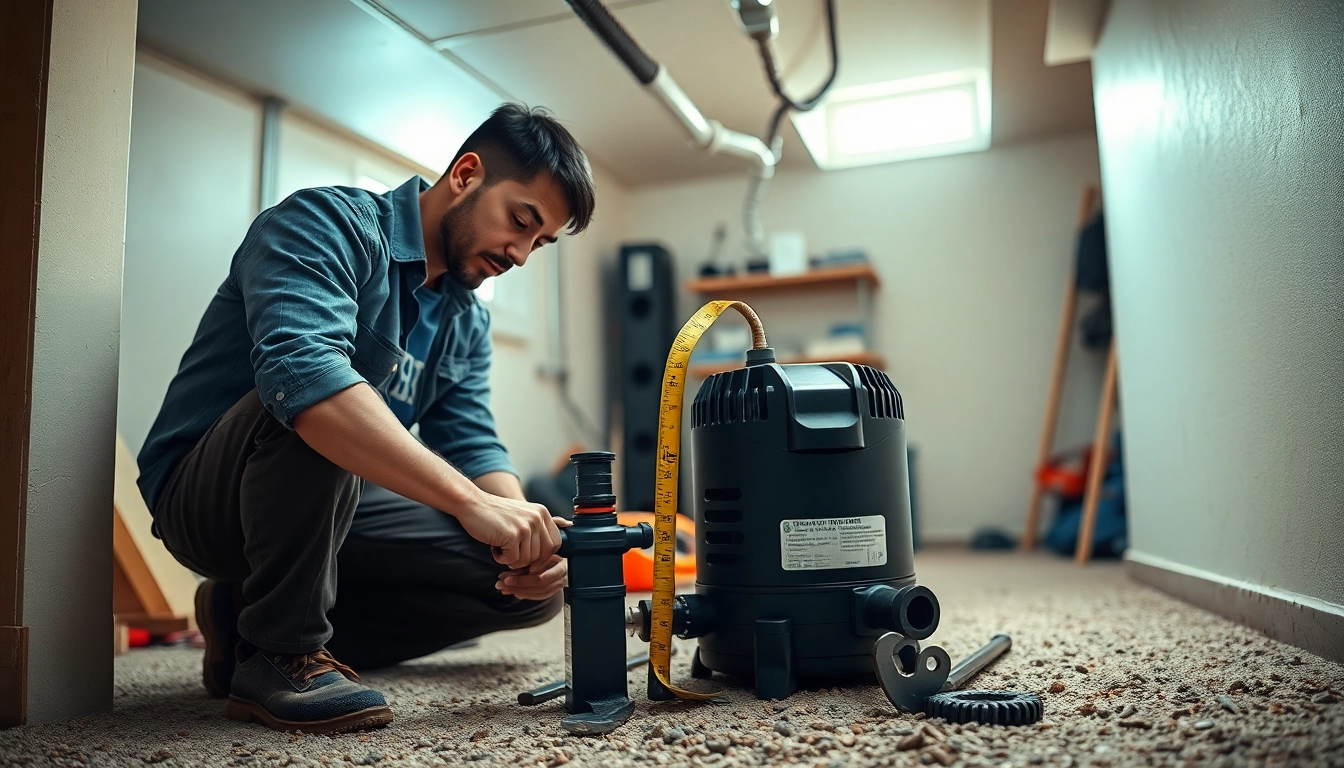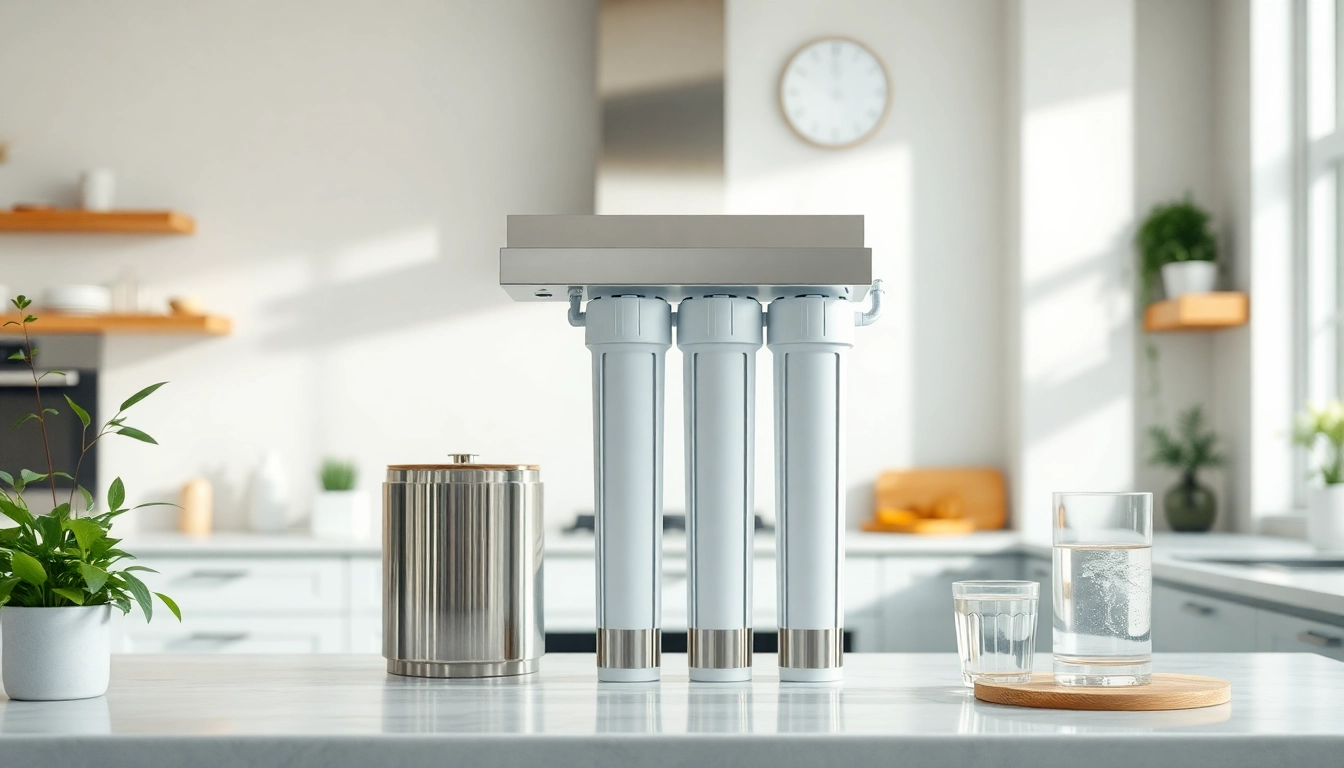1. Introduction to Smart Home Gadgets
In an age where technology is rapidly advancing, smart home gadgets have emerged as essential components for modern living. These devices offer convenience, efficiency, and enhanced security, transforming the way we interact with our living spaces. From smart lights to automated security systems, the options are vast, making it easier than ever to create a home that caters to our unique needs. By investing in the best smart home gadgets, homeowners can not only simplify their daily routines but also ensure a safer environment for their families.
A. What Are Smart Home Gadgets?
Smart home gadgets are devices that connect to the internet, allowing users to remotely monitor or control them from anywhere using a smartphone, tablet, or voice commands. These gadgets typically include smart lights, thermostats, locks, cameras, and speakers. The interconnectivity provided by these devices allows for seamless automation of various tasks within the home, leading to increased comfort and energy efficiency.
B. Why Invest in Smart Home Technology?
Investing in smart home technology offers numerous benefits:
- Convenience: Automating routine tasks frees up time and energy, making daily life easier.
- Energy Efficiency: Many smart gadgets are designed to optimize energy usage, reducing bills and environmental impact.
- Enhanced Security: With features like remote monitoring and alerts, smart security devices provide peace of mind.
- Increased Home Value: Smart technology can enhance the appeal of a property, making it more attractive to potential buyers.
C. Trends in Smart Home Innovations
The smart home industry is continually evolving, with trends pointing towards greater integration and artificial intelligence (AI) capabilities. For instance:
- Home Automation Hubs: Centralized systems that can control multiple devices from various manufacturers are becoming increasingly popular.
- AI Integration: Devices that can learn user habits and predict needs, adapting their functionalities accordingly.
- Sustainability Features: Gadgets that promote energy conservation and environmental awareness, such as smart thermostats that adjust to optimize energy use.
2. Essential Features of Best Smart Home Gadgets
A. Connectivity and Compatibility
When selecting smart home gadgets, one of the most critical considerations is their connectivity and compatibility with other devices or ecosystems. Look for gadgets that support:
- Wi-Fi and Bluetooth: These are the primary communication protocols for most smart devices.
- Smart Home Standards: Devices that are compatible with popular ecosystems like Google Home, Amazon Alexa, or Apple HomeKit offer greater flexibility and ease of use.
- Mobile Apps: Gadgets should have user-friendly apps for easy setup and automated control.
B. Security Functions to Consider
The security of smart home devices is paramount, especially as they connect to the internet. Here are key features to ensure:
- Two-Factor Authentication: A critical step to prevent unauthorized access.
- Regular Software Updates: Ensures that devices are protected from vulnerabilities.
- End-to-End Encryption: Protects user data transmitted between devices.
C. Energy Efficiency and Cost Savings
Smart gadgets are increasingly designed to help homeowners save on energy costs. Features to look for include:
- Adaptive Schedules: Devices that learn your routine and adjust their consumption accordingly.
- Real-Time Energy Monitoring: Some gadgets provide feedback on energy use, helping you reduce waste.
- Integration with Renewable Energy: Devices that can work alongside solar panels or other green technologies.
3. Top Categories of Best Smart Home Gadgets
A. Smart Lighting Solutions
Smart lighting is one of the most popular segments of home automation, providing flexibility and efficiency. Notable features include:
- Color Adjustment: Many smart bulbs allow users to change colors and brightness based on mood or occasion.
- Remote Control: Users can control lights from anywhere, enabling them to turn off lights from outside or set schedules.
- Voice Activation: Integration with voice assistants for hands-free control.
B. Home Security Systems and Cameras
Home security has taken a leap forward with the advent of smart technology. Key features include:
- Video Surveillance: Smart cameras that offer live streaming, alerts, and video storage.
- Smart Locks: Keyless entry systems that can be managed remotely.
- IoT Integration: Devices that communicate with each other, like alarms that notify cameras when movement is detected.
C. Smart Speakers and Assistants
Smart speakers have become a central control unit for many smart home ecosystems. Features include:
- Voice Control: Users can manage all smart devices effortlessly using voice commands.
- Multi-Room Audio: Capability to stream music across different rooms.
- Smart Home Integration: Ability to interact with various other smart home devices, acting as a hub.
4. How to Choose the Right Smart Home Gadget
A. Assessing Your Needs and Preferences
Before diving into the world of smart home gadgets, it’s essential to assess what you truly need:
- Evaluate Your Lifestyle: Consider how your routines might benefit from automation.
- Prioritize Security: Identify areas of your home that require enhanced security measures.
- Set Clear Goals: Ensure you have clear reasons for wanting to implement smart technology, such as increasing energy efficiency or improving convenience.
B. Budgeting for Smart Home Devices
Smart home gadgets can range from budget-friendly to high-end. A well-defined budget will help narrow your choices. Consider the following:
- Initial Investment vs. Long-Term Savings: Determine if a higher upfront cost is justified by anticipated savings on bills.
- Compatibility Costs: Ensure your budget accounts for necessary systems or hubs that might be required for compatibility.
- Installation Expenses: Factor in whether you will install devices yourself or hire professionals.
C. Reading and Understanding Reviews
Before purchasing smart gadgets, it’s crucial to read reviews to glean insights from other users. Look for:
- Performance Metrics: Find out how well the product performs in real-world settings.
- Common Issues: Identify frequent complaints or challenges associated with the device.
- User Support: Check if the manufacturer provides reliable customer service for troubleshooting.
5. Future of Smart Home Technology
A. What’s Next for Home Automation?
The smart home landscape is evolving rapidly, and several trends indicate what we can expect in the near future:
- Interoperability: An increasing number of devices will seamlessly work together, regardless of the manufacturer.
- Enhanced AI Capabilities: Artificial intelligence will lead to smarter devices that can learn user preferences and behaviors without explicit commands.
- Greater Emphasis on Data Privacy: As data security becomes a more pressing issue, manufacturers will need to develop more robust privacy features.
B. Emerging Gadgets to Watch For
Several innovative gadgets are poised to make waves in the coming years:
- Smart Mirrors: These not only serve as regular mirrors but also can display information, weather updates, and news.
- Smart Appliances: Refrigerators that can manage groceries and ovens that can be controlled remotely are just a glimpse of what’s to come.
- Health Monitoring Devices: Gadgets that monitor health metrics such as air quality and temperature, promoting wellness within the home.
C. The Role of AI in Smart Home Gadgets
AI technology will become increasingly integrated into smart home gadgets, leading to improved user experiences:
- Predictive Analytics: Devices that anticipate user needs, such as adjusting heating or cooling before you arrive home.
- Personalization: AI will enable devices to adapt functions and settings to individual preferences, enhancing usability.
- Enhanced Security Measures: AI can help identify unusual activities within the home, triggering alerts when necessary.















Leave a Reply